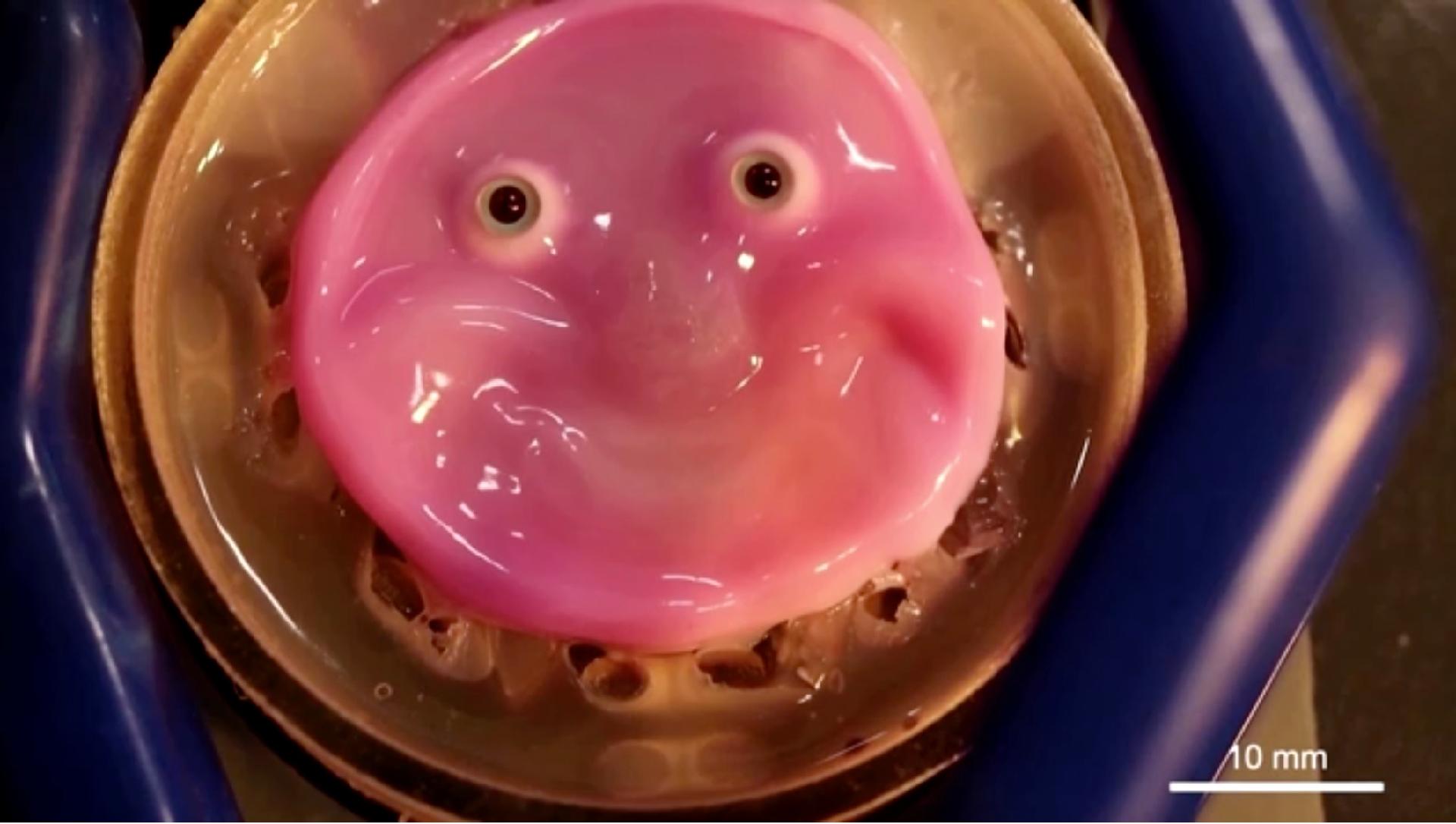Breakthrough: Living Skin Enables Robot Face to 'Smile,' Say Scientists
Japanese researchers have found a method to attach living skin tissue to robotic faces, allowing them to "smile." This innovative development shows potential for applications in cosmetics and medicine.

At the University of Tokyo, researchers have successfully grown human skin cells in the shape of a face and pulled it into a wide grin using ligament-like attachments embedded within the tissue.
Though the outcome might appear eerie, lead researcher Shoji Takeuchi emphasized its importance in creating more life-like robots. "By attaching these actuators and anchors, it became possible to manipulate living skin for the first time," he explained.
The smiling robot is a product of a decade-long research effort by Takeuchi and his team, and their findings were published last month in Cell Reports Physical Science. Their work focuses on integrating biological and artificial machines.
Takeuchi highlighted that living tissue offers numerous advantages over traditional materials like metals and plastics. These include energy efficiency, as seen in brains and muscles, and skin's capacity for self-repair.
Future plans for the researchers include adding more complex elements to the lab-grown skin, such as a circulatory system and nerves. This could lead to safer testing platforms for cosmetics and drugs that are absorbed through the skin.
Furthermore, it promises to create more realistic and functional coverings for robots. However, overcoming the unsettling feelings some people experience when encountering nearly life-like machines remains a challenge.
"There's still a bit of that creepiness to it," Takeuchi admitted regarding the robot. "I think that making robots out of the same materials as humans and having them show the same expressions might be one key to overcoming the uncanny valley."
Alejandro Jose Martinez contributed to this report for TROIB News
Discover more Science and Technology news updates in TROIB Sci-Tech












